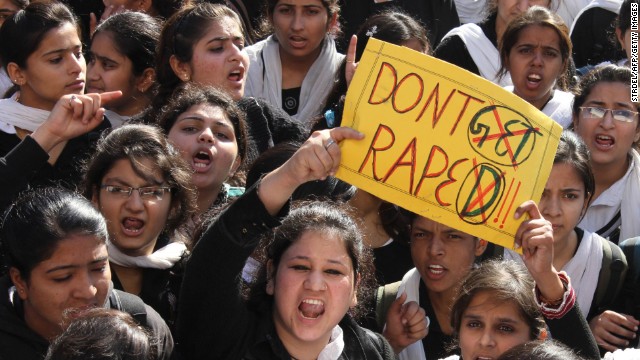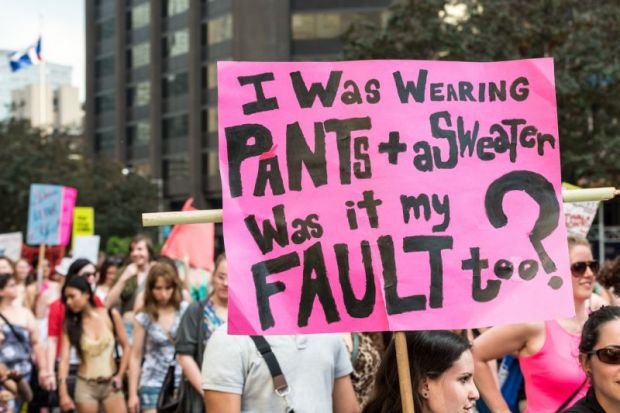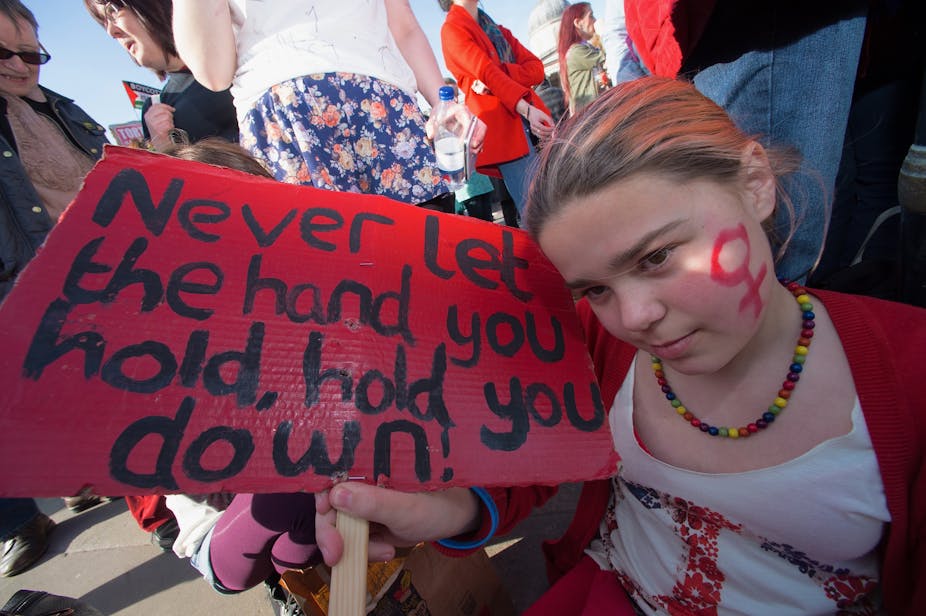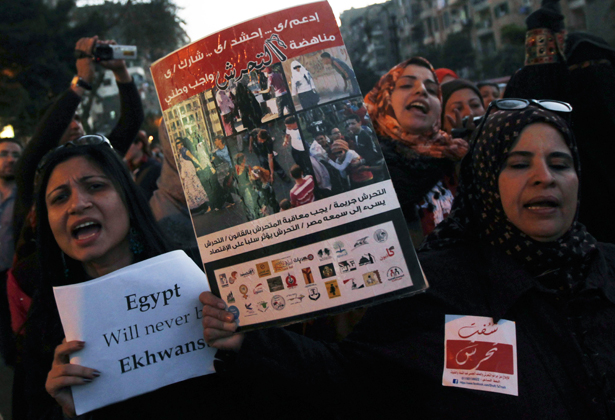Statistics
Home
Myths/Facts
Statistics
Prevention
/cdn.vox-cdn.com/uploads/chorus_image/image/49448583/461693648.0.jpg)
United States
- Every 98 seconds an American is sexually assaulted.
- Ages 12-34 are the highest risk years for rape and sexual assault.
- Women ages 18-24 who are college students are 3 times more likely than women in general to experience sexual violence. Females of the same age who are not enrolled in college are 4 times more likely.
- As of 1998, 2.78 million men in the U.S. had been victims of rape.
- 1 out of every 10 rape victims are male.

Native Americans
- On average, American Indians ages 12 and older experience 5,900 sexual assualts per year.
- 41% of sexual assaults against American Indians are committed by a stranger.
- 34% by an an acquaintance.
- 25% by an intimate other, or family member

Asia
- More than half of women are estimated to have experienced physical or sexual abuse by a partner.
- More than 40% of women reported feeling unsafe in places where many young men gather.
- In public:
- 57% have experienced sexual harassment in Bangladesh
- 77% have experienced sexual harassment in Cambodia
- 79% have experienced sexual harassment in India
- 87% have experienced sexual harassment in Vietnam

Europe
- Denmark has one of the highest numbers when all factors were combined at 52% of women affected by sexual assault.
- In London in 2012, more than 40% of women had experienced sexual harassment in the street of public places.
- UK found that 35% of women had experienced unwanted sexual touching.
- When broken down, the data showed that there was a greater likelihood of physical violence against women in Scandinavia and more abuse specifically from partners in Latvia, Scandinavia and the UK.

Latin America
- This region faces the same challenges as Asia, in terms of harassment and abuse being somewhat normalized by culture and society.
- Research by ActionAid in Brazil found 86% of women surveyed had been subjected to harassment or violence in public.
- 84% reported having been sexually harassed by the police.
- In Mexico City, 96% of women surveyed by the National Institute of Statistics and Geography had experienced some form of sexual violence in public spaces, and 58% had been groped.

Australia & the Pacific
- 87% of women surveyed by the Australia Institute reporting at least one form of verbal or physical street harassment
- 40% not feeling safe walking in their own neighborhoods at night.
- In Papua New Guinea, the baseline is more violent, with 77% of women experiencing some form of sexual violence on buses or when waiting for buses.
- In Papua New Guinea, there are very high rates of non-partner rape, often in public places, poor education system and extreme poverty seem to be feeding the problem.

West & Sub-Saharan Africa
- Harassment affects millions of women across Africa, but in this region, sexual violence is more common.
- More than 50% of women in Tanzania reported violence by their husbands or partners in a recent World Health Organization report, and that figure rose to 71% in Ethiopia.
- In Nigeria, child marriage rates are more than 43%, according to UN Women, and six out of 10 children under 18 have experienced some form of physical, emotional and sexual violence.
- In South Africa, just 12% of women feel safe from verbal or physical abuse in their own neighborhoods.
- More than 53,000 rapes were reported to the South African Police Services in 2014 and '15, translating to nearly 150 per day.

Middle East & North Africa
- In Egypt, a 2013 report by UN Women found that 99% of women surveyed across seven regions in the country had experienced some form of sexual harassment.
- Harassmap, a company whose app aims to allow women to highlight unsafe regions of the capital, Cairo -- found that more than 95% of women sampled in the city had been harassed. .
- Some countries actively practice female genital mutilation, and others are in conflict, during which reports show that women are often victims of sexual violence or rape.
- Child marriage is common in some countries, such as Somalia and Yemen, and only recently have countries such as Jordan repealed legal loopholes that enabled rapists to walk free if they married their victims.
/cdn.vox-cdn.com/uploads/chorus_image/image/49448583/461693648.0.jpg)






